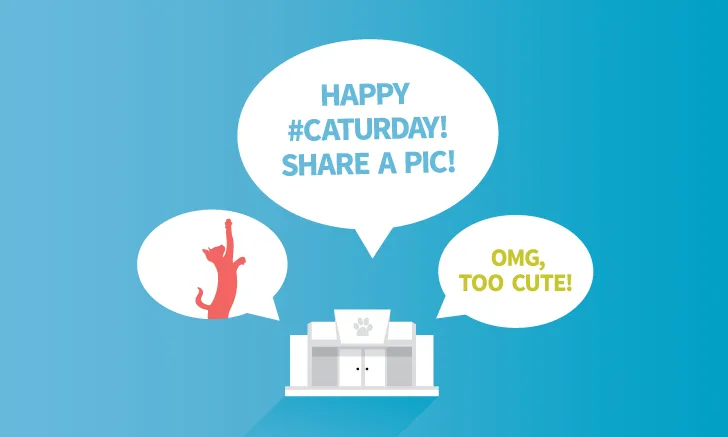Social Media Is Meant to Be Social
Danielle K. Lambert, SnoutSchool.com, Worcester, Massachusetts

Social media is free advertising. This phrase is heard again and again during any marketing discussion, but it is not completely accurate.
A veterinary practice using social media solely to advertise and promote the practice and its services is missing a massive opportunity—engagement.
This statement bears repeating: Social media is meant to be social. Getting clients to engage with posts is key to an authentic online presence. Quality social media engagement may not happen overnight, but consistency, dedication, and a few important guidelines make it possible.
Understand ROI Cannot Always Be Quantified
Practice owners and managers first want to know how their return on investment (ROI) will be impacted if they pay a team member to chat and engage with clients online.
The harsh reality about social media is that quantifying ROI is not always possible. Being social is not a traditional advertising campaign; instead, consider it an extension of the real-life experience clients have with the practice team. A friendly client care team, veterinary nurses and veterinary assistants who make clients feel at ease, and veterinarians who compassionately listen to client concerns are equally important but not always quantifiable. Social media engagement is the same.
Social media gives clients and team members the opportunity to engage 365 days a year, not just in the examination room. Bonding with clients via social media can help grow trust in the practice team and the practice itself.
Companies can boost profits by almost 100% by retaining an additional 5% of their customers, according to a study published in the Harvard Business Review that showed fostering relationships can be valuable to a practice.1 Although measuring social media ROI can be difficult, the reality is people do business with people they know, like, and trust.
Always Respond to Clients
Engaging with clients means being prepared to respond to their questions and comments online. Customers today expect a response. Research shows up to 70% of Twitter users expect a response if they tweet at a brand or company.2 Answering questions online is great customer service, but responding with a cute comment when a client shares a pet photo encourages a valuable online relationship even more.
Taking on such a task may seem daunting, but setting some basic guidelines and assigning team members to monitor notifications will put the practice on the right track. Just as a practice likely has telephone conversation scripts, prepared responses for online posts can be created.
Think Like a Pet Owner
A veterinary professional often wants to post articles from veterinary journals or information on the latest practice promotion, but those frequently do not interest a pet owner. The practice’s social media presence is an extension of the clients’ experience, meaning it is all about them.
So, always keep the client in mind when team members share on social media and ensure they post relevant content (eg, photos of their pets, videos of the veterinary team they love, practical husbandry tips, safety information, food recalls). Be resourceful, real, and entertaining.
A simple tweak in the practice’s mindset can make a difference; for example, a client may not care much about the latest cruciate ligament repair techniques, but 10 ways to help his or her dog recover after knee surgery would be engaging.
Engage Automatically
Facebook Messenger’s Away Message is a new feature that allows a practice to auto-respond both during and outside business hours. From the practice Facebook page, go to Settings > Messaging to set up away-message preferences. Responding personally is always ideal, but in the veterinary world, where emergencies frequently occur, this service will be important for several reasons, including:
Providing an after-hours message, including where to call for an emergency
Creating a built-in backup for the practice phone system in case technology fails
Ensuring clients get a response on Facebook, even outside regular business hours
Conclusion
The moral of the social media story? Show veterinary clients content that keeps them engaged and always respond to their comments and questions, and they will keep coming back to the practice for more.